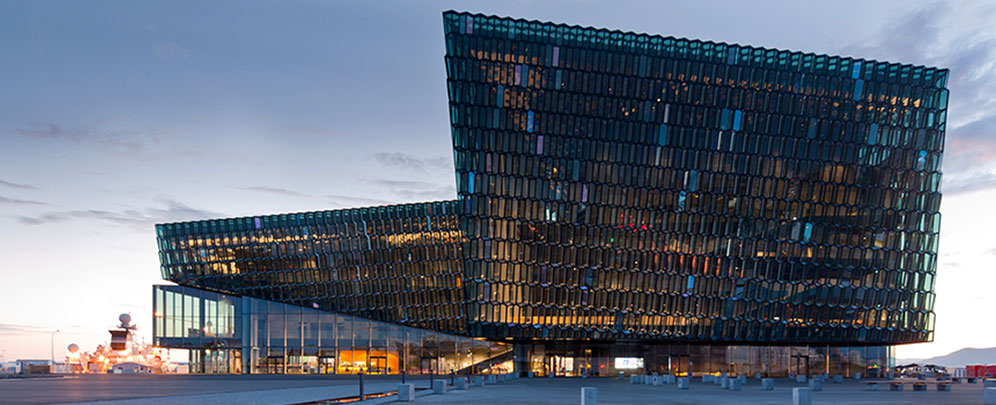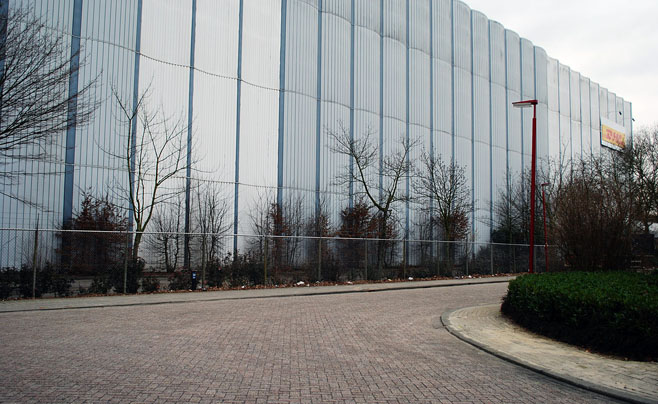
ALTIVERB LIBRARY DOWNLOAD
If you have a copy of Altiverb, you can add these precompiled impulse response library directly into Altiverb by copying the files to the following destination: Applications/Audio Ease/Altiverb 7/Impulse Responses/Third Party IR LibrariesĪnyone can download and use these impulse response files to experience what it is like to sound within the acoustic environments of these unique historic spaces. Their plugin uses some custom coding to convert the IRs and import them to a proprietary format for use with Altiverb.
ALTIVERB LIBRARY HOW TO
wav impulse files, which can be imported into a wide range of different Convolution Reverb plugins.Ĭheck the manual of your plugin for details on how to import our IR Library.Īltiverb is a Convolution Reverb plugin from Audio Ease. Sonic Palimpsest Impulse Response LibraryĬontains deconvolved. There are lots of different tools and programmes which will accept Impulse Responses. How To Use These Impulse Response Libraries These sweeps also need to be converted before they can be used.
ALTIVERB LIBRARY FULL
Sine sweeps give a more detailed gradual scan of the acoustic at the full range of different frequencies (the slower the sweep the better the resolution) but they can be more challenging to record. Noise bursts give you a momentary snapshot of the reverberation in a space and are quick to record, but don’t always contain so much detail across the spectrum (especially the lower frequencies). Both give you an image of the reflections in a space. Impulses can be captured using either short bursts of noise, or longer sine tone sweeps that rise from low to high. There are two different ways to make an impulse response, either with a Burst or a Sweep. Its response is captured using standard microphones and the recording (impulse + space) is later processed to leave only the recorded trace of the space. Where Do Impulse Responses Come From?Īn Impulse is played into the space to activate the acoustics and reveal its reverberant character.

Any sound can be blended with any Impulse Response, creating a new output that combines the characteristics of both.įor example, a voice (recorded in the studio) can be combined with the Impulse Response of a specific room, to create the impression that the person is actually speaking in that other space. Impulse Responses are used within Reverb plugins to simulate the sound of spaces. Not all sites contain full microphone setups, as it was not always possible to record with all the microphone arrays in every location. have a sharper transient response).Īmbisonic recordings have also been used to create IR files in Binaural and Stereo. Omnidirectional IRs may have slightly better frequency response, while Cardioid may be more responsive in terms of time (i.e. Therefore, each set will have a slightly different spatial position in relation to the impulse source.ĭifferent microphone types will capture subtly different features of the environment. Not only will the frequency response of each microphone vary, but the perspective and location from the sound source will change subtly too. Soundfield ST450 – 1st Order Ambisonics (B-Format Decoded to Binaural and Stereo) Neumann KM184 – Stereo – Cardioid condenser microphones

Each location has been sampled from a range of different perspectives and microphone types.ĭPA 4061 – Stereo – Omnidirectional small capsule condenser microphones Please note that the impulse responses were recorded using a variety of different microphone types and setups. Once you download the library you will find that each location has its own folder of impulse responses: Impulse Responses have been captured in seven different locations across Chatham Dockyard. This library has been created as part of the University of Kent’s AHRC-funded research into the potential of sound to contribute to heritage experiences and reveal new narratives about the past. The site is now a museum and its historic buildings regularly feature in films and on television. The LocationĬhatham Dockyard was a working shipyard for 500 years, from the age of sailing ships to nuclear-powered submarines. If you need to recreate spaces in your sound design or audio post-production work, do check these out. What grabbed our attention is that although these impulse responses are from a historical site they offer a wide range of spaces that can be used in a wide variety of applications as well as some difficult-to-get spaces like a submarine or air-raid shelter.
ALTIVERB LIBRARY FREE
We came across this free library of impulse responses collected across a range of heritage spaces at Chatham Dockyard in Kent, UK.


 0 kommentar(er)
0 kommentar(er)
